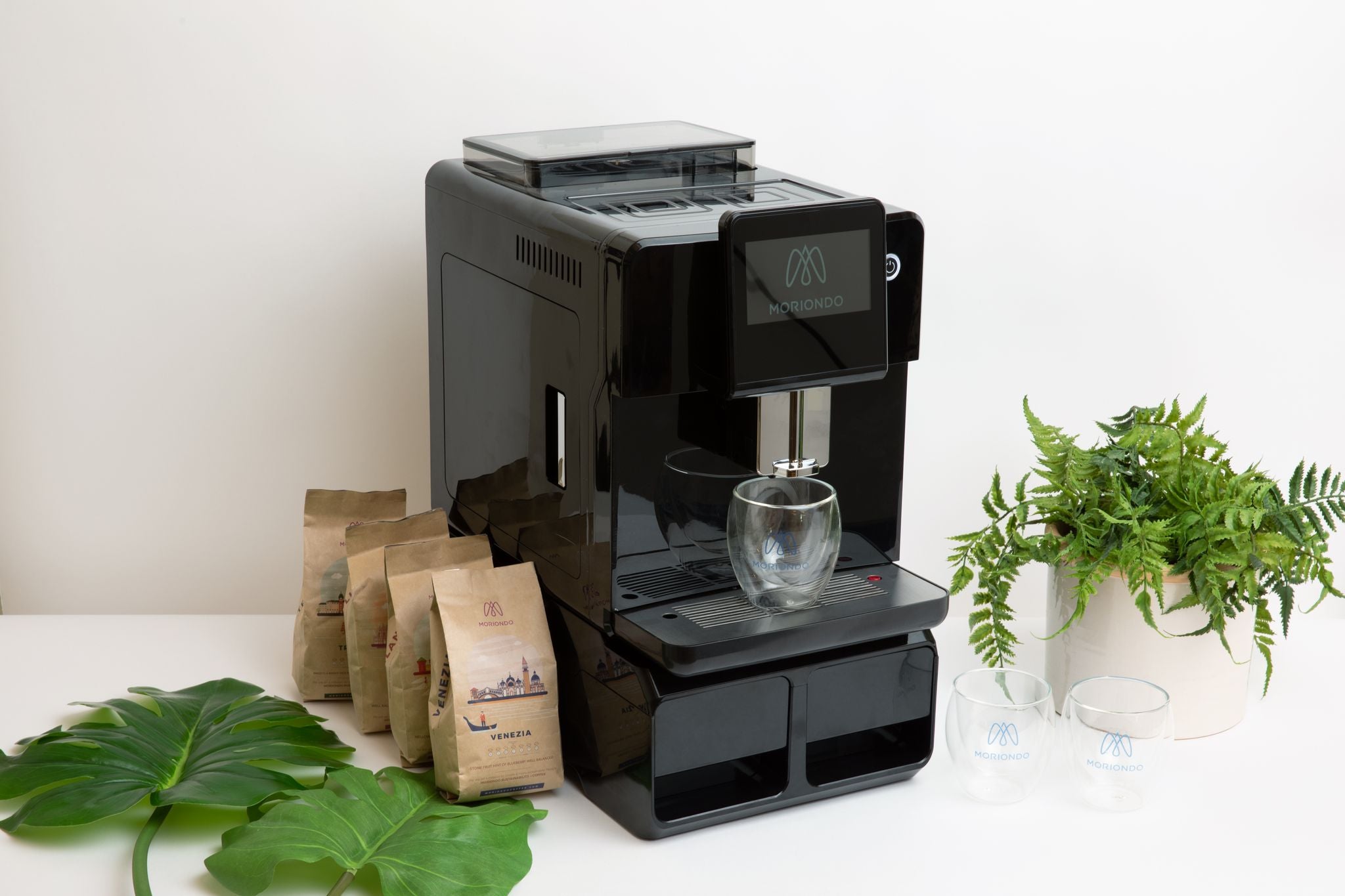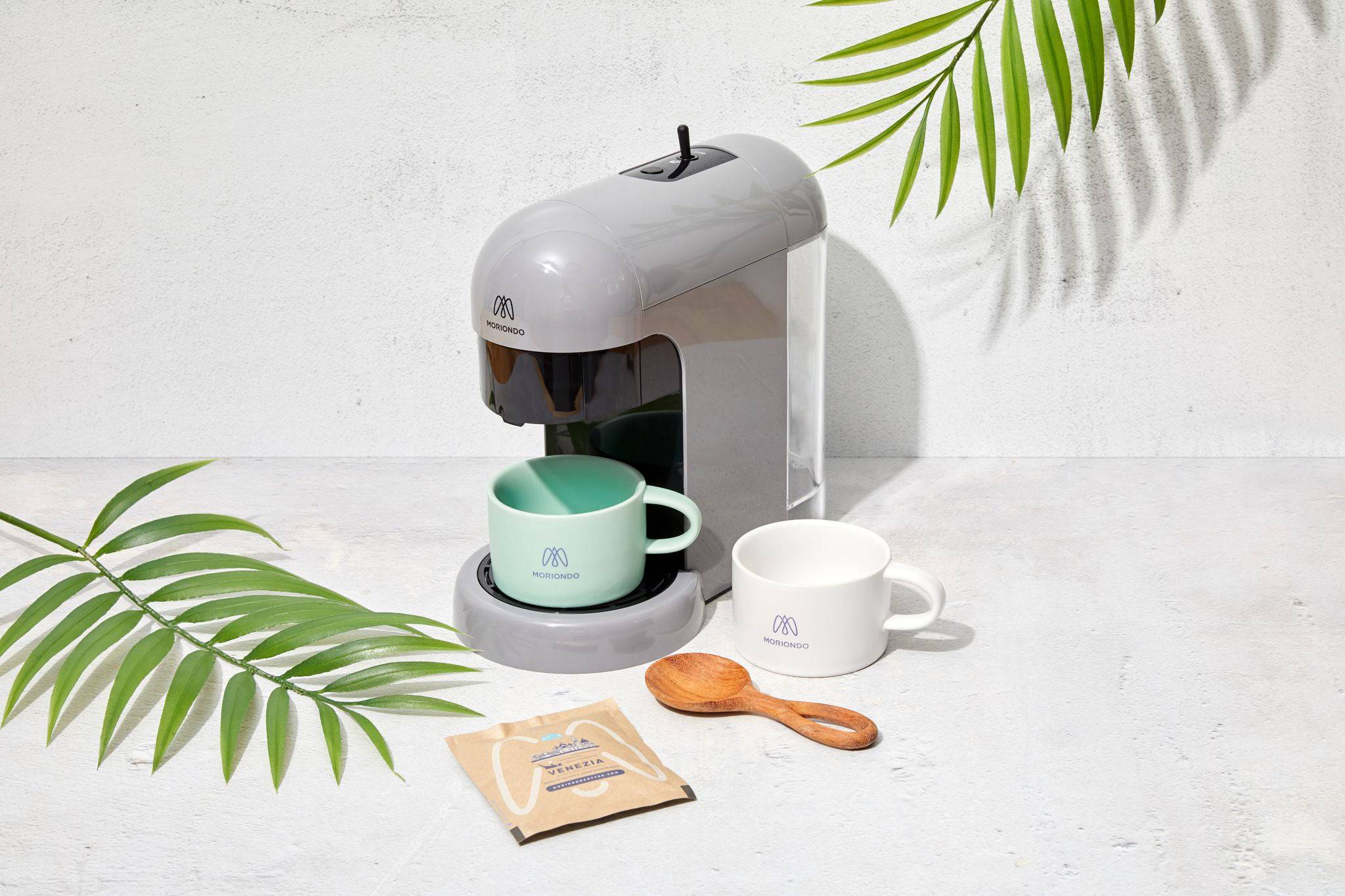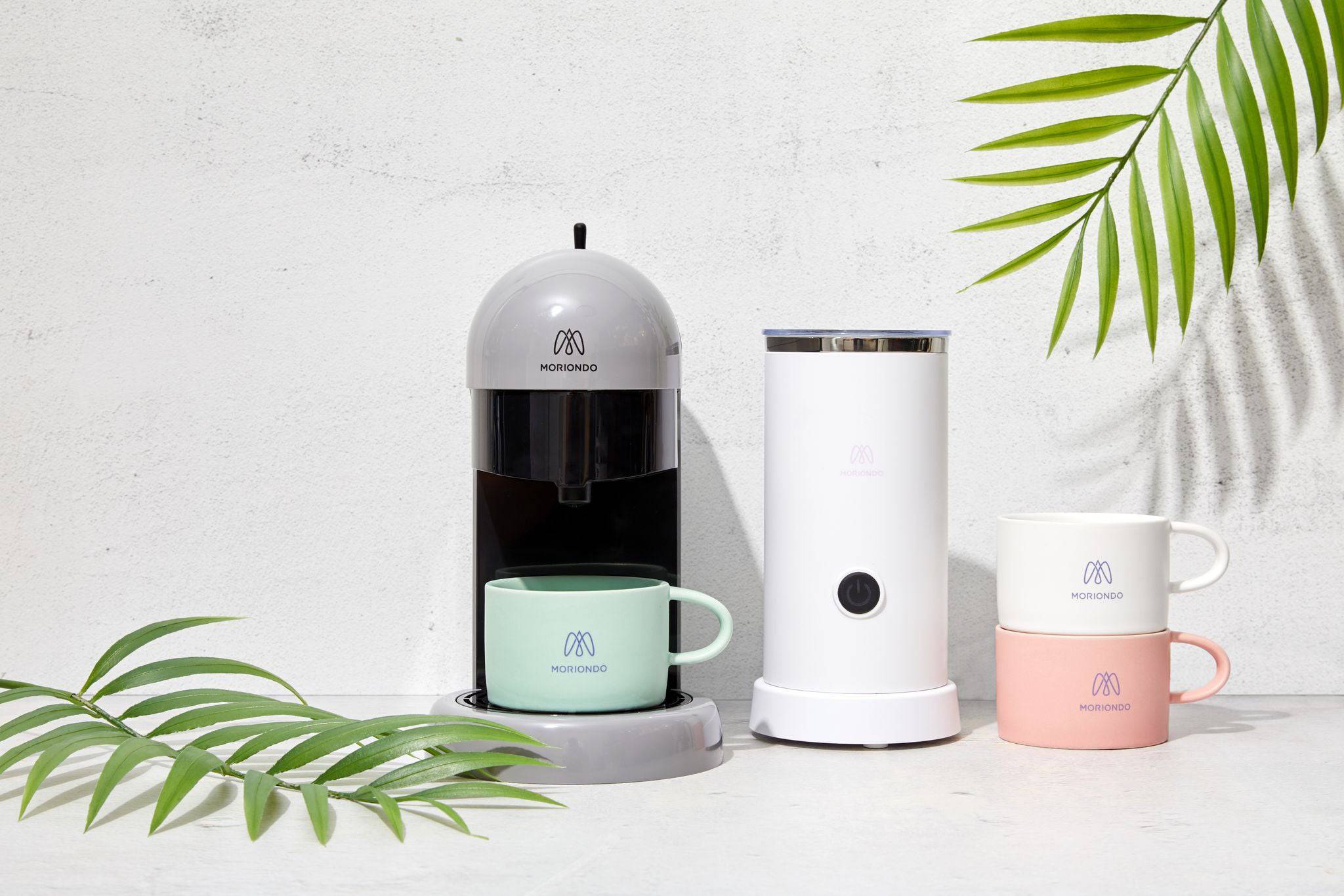The History of Coffee Beans
Table of Contents
What is it about your morning brew of coffee beans that get you out of bed every day? For many people, coffee drinking is more than just a way to get energized; it's a ritual—a moment of peace, warmth, and comfort before you begin your day.
Coffee has become so heavily integrated into our culture that you probably don't think about how it all began or the basic benefits of coffee beans.
The History of the Coffee Bean
There is no end in sight to the world's love affair with the coffee bean. From Ireland to Mexico, almost every culture has its own version of the world's favorite drink. But where did it all begin? At a coffee plantation? Where did the first coffee plant spring up? And who is the first person to discover the bean's delicious taste and energizing effect in the history of coffee?
Ancient Origins
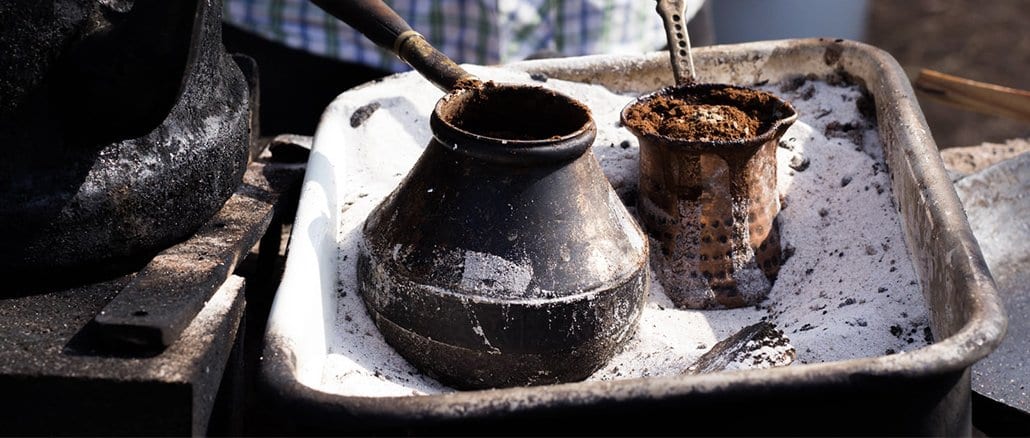
Because evidence of the coffee bean's consumption goes so far back, it isn't easy to pinpoint the exact time or way it was discovered. However, scientists do know that the plant's roots belong to the African continent. Legends point to the bean's discovery in Ethiopia as far back as 700 A.D.
Kaldi's Dancing Goats
Perhaps the most popular coffee origin story is the tale of the dancing goats. One day, an Ethiopian goat herder called Kaldi noticed his herd acting strangely. They seemed to be dancing. Kaldi saw they were eating red berries, known today as coffee plant cherries. The herder gathered up some berries to show to a nearby monk.
In some versions of the story of coffee plants, the monk rejoices, pleased to have discovered something that would help him stay awake at night while he prayed.
Other versions of the tale suggest the monk declared the berries a "devilish temptation" and tossed them in the fire, resulting in the pleasant, warm aroma of roasted beans. Soon after, the first cup of coffee was brewed, leading ancient humans to discover the many benefits of coffee beans and coffee cultivation.
From Ethiopia Onward
Because no one cannot prove Kaldi's ancient tale, we may never know for sure how the coffee bean was first discovered, but we do know it originated in Ethiopia. As coffee plants grew in popularity, they made their way to Yemen, first landing in a port called Mocha. Brewed coffee berries became known as the "wine of Araby," with the first coffee shops popping up across the land known as "Schools of the Wise."
In the 1500s of coffee history, there was a movement to ban coffee drinking in Egypt, Arabia, and Ethiopia for its stimulating effect. The people revolted in support of roasted coffee berries, and eventually, the ban on coffee cultivation was lifted.
Journey to Asia
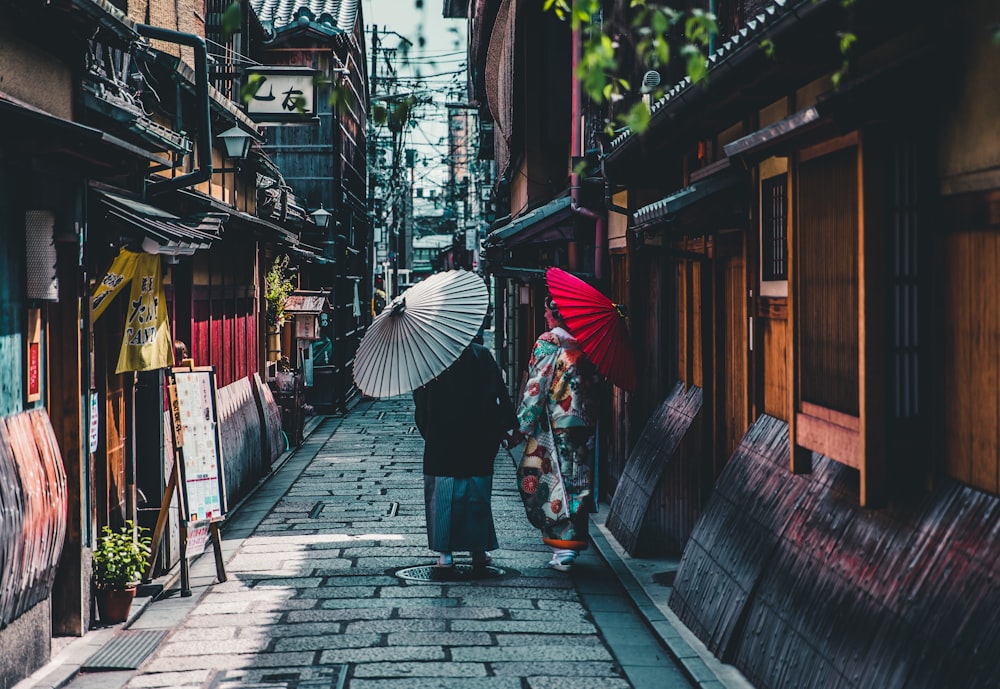
Arabians were known as the gatekeepers of green coffee beans, doing all they could to maintain a trade monopoly over the popular drink, but it didn't last long. In the 1600s, various smugglers managed to take the bean back to their home countries in the form of a young coffee plant and coffee fruit.
An Indian man named Baba Budan made a pilgrimage to Mecca and managed to carry back a handful of fertile beans from Yemen. Around the same time, the Dutch and Indonesians also attempted cultivation, soon leading to a global explosion of the commodity. The world had discovered the delicious drink made from fresh ground coffee beans, and there was no turning back.
Coffee Shops Spring Up Throughout Europe
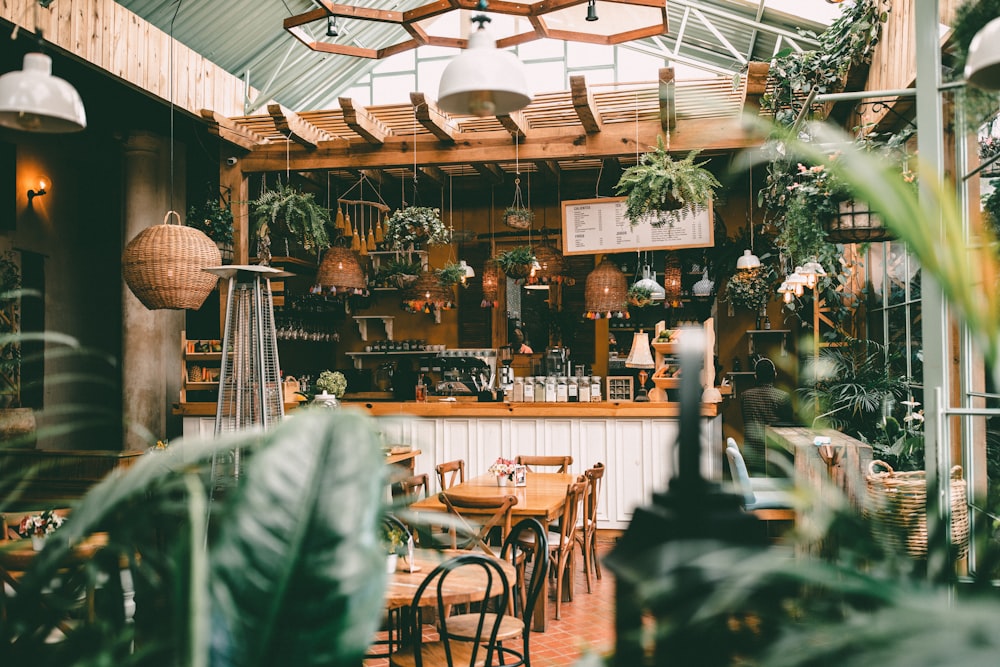
During the 1600s, coffee houses appeared in major cities such as England, Germany, France, Austria, and Holland. They became known as penny universities, popular social hubs where people could engage in stimulating debates and discussions and politics and religion.
Eventually, specialty coffee drink clubs were born and became the go-to for many men. English women even created an initiative called the Women's Petition Against Coffee, with hopes to ban coffee and bring their husbands home.
Thank goodness men and women alike can enjoy coffee consumption today in social settings and at home! Now that everyone understands the benefits of grinding your own coffee.
America's Introduction to the Coffee Bean
In 1714, the mayor of Amsterdam gave France's King Louis XIV a gift that would history of coffee, a coffee plant. The king guarded the plant in a special greenhouse in the Royal Botanical Gardens. What happened next in terms of coffee seedlings and coffee trees is a little unclear.
A captain of the French Navy stationed in the Caribbean who was visiting Paris got his hands on a clipping of the prized tree and coffee farmers. Some stories speculate that de Clieu stole it, while others believe the king ordered him to take it back to Martinique to begin coffee arabica cultivation in ideal conditions.
Somehow, the captain kept the clippings alive on his long journey back, planting them as soon as he arrived back on the island. Within just three years, the roasted coffee tree plant spread through the Caribbean, eventually reaching South America and landing in Brazil, which would become a major player in producing healthy ground coffee plantations.
Coffee as We Know it Today
Hundreds of years after its first discovery, coffee is a global phenomenon. People from every continent are reaping the many benefits of coffee beans and coffee fruit. With so many different consumption styles across cultures, surely everyone can enjoy the rich taste of this morning brew.
Coffee's Evolving Technology

At the height of the industrial revolution, various inventions were developed to help people craft the perfect cup of Joe, the first being the Parisian-born percolator.
Many other savvy drinking coffee seeds devices followed suit, including the coffee roaster and the espresso machine. In 1908, the drip method rose in popularity after a woman named Melitta Bentz used her son's school papers as a makeshift filter.
With mass-production technology and unfading popularity, coffee plants are the second largest trade commodity in the world!
The comfort, warmth, and energy from this irresistible delicacy will never go out of style.
Honor a Global Tradition
Honor the roots of your fresh ground coffee beans and coffee trees by skipping the expense of the coffee shop.
Prepare healthy ground coffee from the comfort of your own home and enjoy a ritual loved by people for centuries.
There are various benefits of grinding your own drinking coffee plants. That's why we love to deliver organic, small-batch blends to our customers.
Next time you sit down to sip on your morning brew, think of the roasted coffee bean's rich history and appreciate the complex history of coffee through a journey around the world and into your mug.
Good Tasting Coffee: How to Identify Coffee Flavors

In order to appreciate the different types of coffee available, it's important to cultivate an awareness of its unique characteristics. Let's take a look at the way coffee connoisseurs judge different cups of coffee.
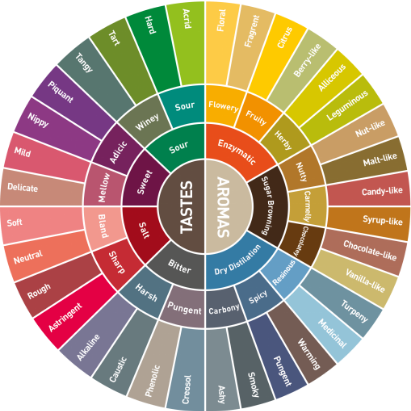
Aroma
The scent of a cup of coffee has a direct influence on how we perceive its flavor. As you drink coffee try to notice if the scent is smoky, fruity, earthy, spicy, nutty or grassy.
Acidity
One of the most defining characteristics of a cup of coffee is its acidity. This is the sharp, bright tangy quality of coffee that perks up our senses. Coffee doesn’t necessarily contain just one type of acid, either. It may contain citric acid, malic acid (fruity in flavor) or even quinic acid from stale coffee, which gives us stomach aches.
Body
This is the weight, thickness and texture of coffee in your mouth. The body of different types of coffee falls on a spectrum of light- to full-bodied viscosity (thin to thick).
Flavor
This is where comparisons come in handy and there is some overlap between aroma and flavor. Your coffee might taste bitter, sweet, savory or sour with common comparisons to chocolate, wine or fruit.
Related Posts












